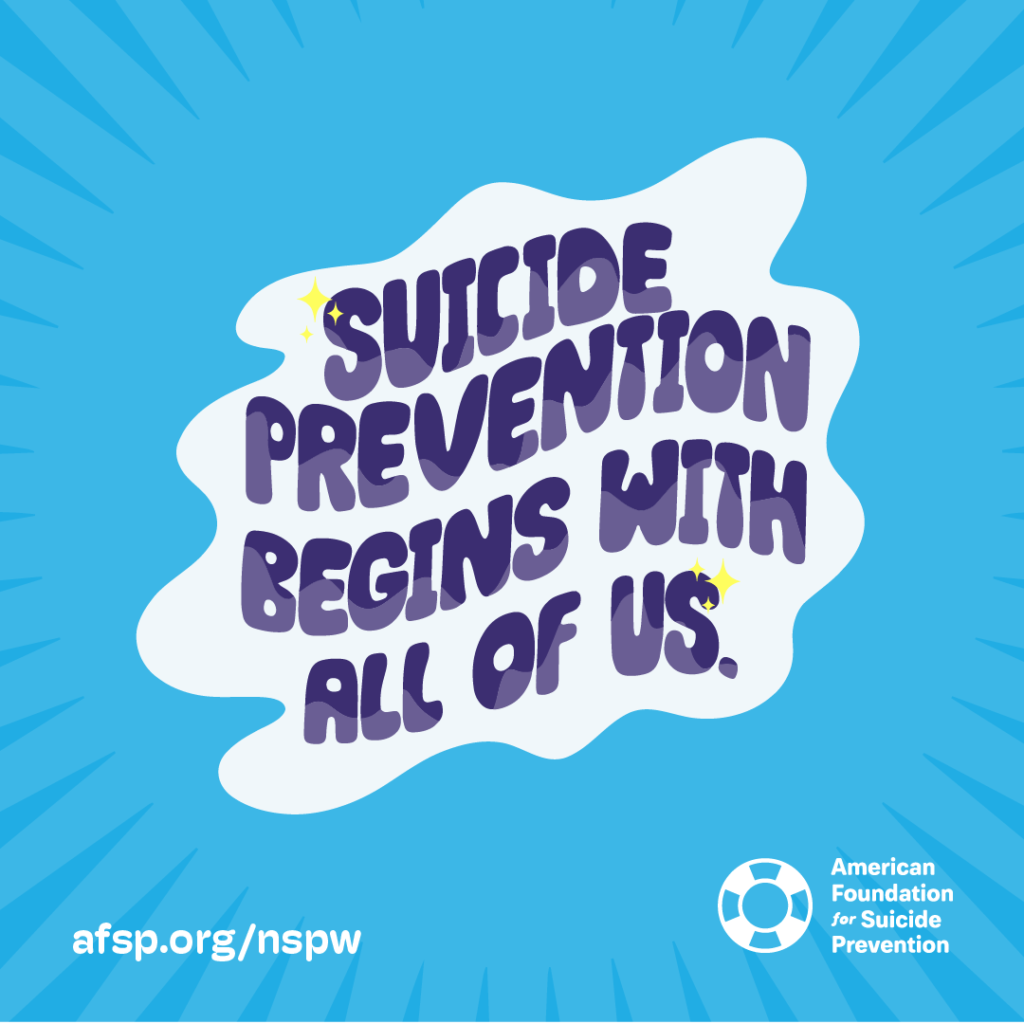Individualized Education Plans ’22
It’s that time again.
Every year at back to school I repost the article I first wrote back in 2015 about the process of obtaining an IEP to help our daughter succeed at school. I hope the system has become more user friendly between then and now.
The Fall 2015 issue of NAMI’s publication, “Advocate” has an excellent one page article with information and tips to help understand and create an IEP should your child need one. Click here to read, “Putting a Plan in Pace to Help Your Child Succeed at School,” by Jacob Bradshaw, NAMI Intern.
When my husband and I realized that we needed to withdraw our daughter from 8th grade in order for her to attend treatment full-time for her depression and eating disorder, we had many concerns, not the least of which was what would happen with her education. I contacted her middle school guidance counselor, informed her of the latest development, and asked what we should do, what our options were to help my daughter continue her schooling.
“We don’t really have any,” she replied. “Since she’s not going to be here there isn’t much we can do. When she’s ready to come back, let me know.”
Though this answer seemed inadequate, I accepted it without question. After all, the counselor was the school employee not I.
As treatment wore on I eventually complained to my therapist, “I don’t understand this. At some point, she’ll go back to school. Why can’t we get support?”
My therapist told me to call the guidance counselor and say, “My daughter’s disability is preventing her from getting an education.” She said that would get the ball rolling.
Man, was my therapist right. The minute I made that call, action took place. Phone calls to the district were made. Meetings were scheduled. People became involved. Time lines were followed. I don’t know why the guidance counselor told us nothing could be done. I’m sure she was not being malicious. Perhaps she was ill-informed. Perhaps she didn’t understand that the severity of my daughter’s illness at the time qualified as a disability. Either way, it doesn’t matter. The point is that children whose learning is compromised, for whatever disability-related reason, have legal protections.

TOP TEN
Here are the top ten lessons I learned during our IEP process:
1. Don’t assume the answer you’re getting is the correct one (especially at the outset). If you feel like you’re getting the run-around, or not getting the information you need, or don’t understand what you’re being told or why, seek out more information. Try to find information from a specialist in the type of issue your child is having. My therapist happened to be a person with a lot of experience working with school districts, kids, and parents.
2. When the process gets rolling, know your rights. By law, certain timelines and protocols have to be followed from the start of the IEP process. If the school district isn’t following them, they are violating those laws.
3. Be prepared. Take notes. A lot of notes. You’ll have to tell your story over and over again. I found it easier to remember the important information by typing up our history. That way, I could also hand that document over for back-up to the school psychologist and the school district. Also, keep a list of all current and former clinicians or anyone involved in your child’s treatment with names, addresses, phone numbers, and pertinent dates. Keep the same list for former and current medications including dosages and prescribing physician(s). Take notes at each meeting – record dates and times, attendance and what was said.
4. Be brutally honest. There may be times when you’re telling your family’s story that you feel sad, ashamed, scared, enraged, guilty, grief-filled, and inadequate. Stigma is real; it’s the number one reason people don’t get the help they need. Don’t let these emotions stop you. Ultimately, the team is there to provide your child with the tools necessary to succeed.
5. Be cordial but insistent. In theory, you’re all on the same team. The adage that you get more bees with honey than with vinegar is, of course, true. I sent notes to the school district personnel who attended our early meetings to thank them for their help in putting a plan in place. But again, don’t take an answer as written in stone if you don’t agree that it’s best for your child. No one knows your child better than you do.
6. Remember: No one knows your child better than you do. Stay informed so you can be his or her best most vocal advocate.
7. Before the actual assessment process begins, ask if any additional tests are required. Testing for emotional disturbance is not a part of the standard IEP testing process in our school district. Once again, it was my therapist who reminded me to ask for an ISES assessment. ISES stands for Intensive Social and Emotional Services. If I had not requested this test specifically, my daughter would not have been tested on the very issues that were preventing her from attending school.
8. Your child does have to be present for testing, so plan accordingly. There are many, many meetings that happen during the IEP process. Your child does not need to be present for most of them. He or she will, however, have to be tested in person. The timing happened to work out that my daughter returned home from residential treatment shortly before the end of the school year. We were able to squeeze her testing in before the summer break. This was very important for having her IEP plan in place for the start of the next school year (and for summer services).
9. You have the right to say no. As we were getting her plan in place, the special education team strongly encouraged us to enroll my daughter in a different school for high school. They suggested a school that specializes in working with children experiencing severe emotional disturbance. I rejected this suggestion. Our daughter was adamant that she wanted to return to her “normal” school for the start of her high school career and be with her friends. Changing schools later would have been an option if she needed it. But what message would we have sent to her had we automatically said, “No, you can’t handle it”?
10. As hard as it sounds, take care of yourself. The process is grueling. You may be juggling life with other children and a job, trying to do the best you can while being stretched too thin. Whatever form it takes – reading a good book, doing an arts and crafts project, taking a bath, going to the gym, – find a few minutes of down time for self-care that works best for you. And/or: get into therapy yourself. You need support the same as your child does.

PLAN IN ACTION
My daughter’s IEP ended up including supports that were mostly outside the classroom. School work was never the problem; therefore, we didn’t need traditional accommodations like extra time for assignments or tests. Instead, we were signed up with a program called Coeds. Throughout her freshman year, we had a team of people to support her and my husband and me. Starting out, my daughter met with her specialist four times a week. During these meetings, they talked and worked on positive coping skills. One time a week, my husband and I met with a parent specialist who listened to our concerns and helped us problem-solve school and learning related issues. Once a month we had a family meeting where all of met to discuss our progress.
When freshman year started, my daughter also had access to the school therapist, and met with her weekly. All of this support felt vital to the successful completion of her freshman year of school. By the end of that year, we were able to relinquish the Coeds program, and by the end of her sophomore year, we were able to relinquish the school-based therapist.
(Note: An IEP should not be confused with a 504 plan or with Home-Health education. Click here to read the differences between a 504 and an IEP. In our school district, there is a process available to receive in-home tutoring for students who are going to miss at least 2 consecutive weeks of school due to a medical issue; this is Home-Health education. Contact your local school for more information.)
OUTCOME
No one can guarantee results related to IEPs, but our daughter went on to graduate from high school (and college) with honors. I attribute her mental, emotional, and physical success to her, and also believe that the support offered by her family, friends, and the IEP programs were beneficial to her development at a critical time.
MORE RESOURCES
Click HERE for CDC data on children’s mental health.
Click HERE for IEP information on the California Courts website.

Suicide Prevention
September is Suicide Prevention Awareness Month.


Great information and advice, Tracey. When your child is having mental health issues, the last thing you want is another task you haven’t necessarily had to think about in the past. Your post really can help parents get the ball rolling.